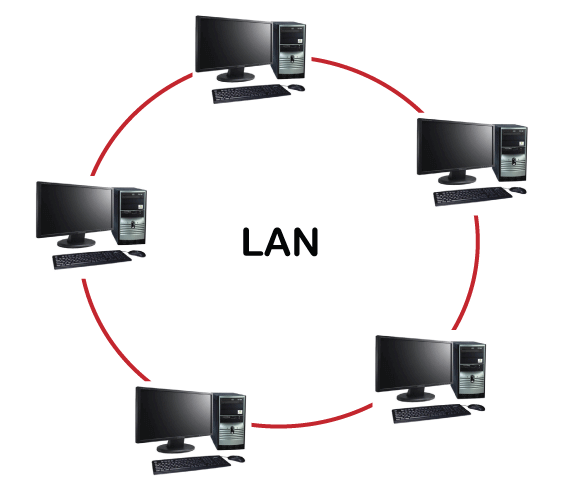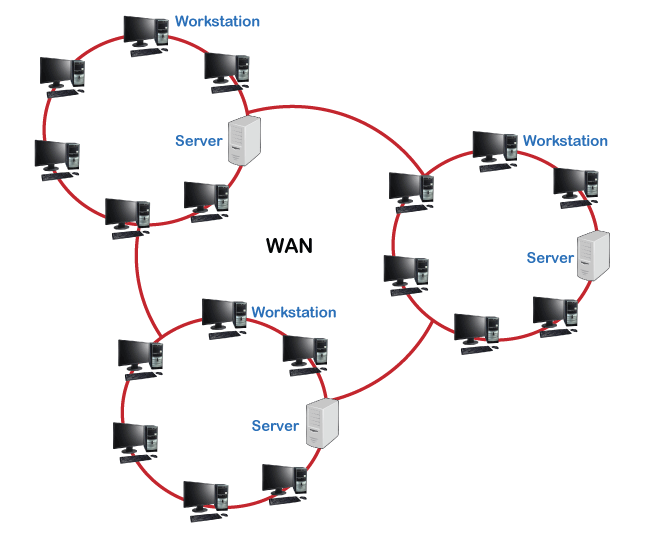Computer Components
Computer Memory
Computer Network
Computer Virus
Number Systems
Shortcut Keys
Terms
- What is a Browser
- Google Chrome
- Mozilla Firefox
- Internet Explorer
- Windows
- Computer Ports
- program
- Printers
- Microphone
- Monitor
- Motherboard
- Incognito Mode
- Mouse
- Memory Card
- CD
- ID
- ISO
- character
- server
- Keyboard
- Remote
- webcam
- Data
- URL
- keypad
- hub
- File
- Bytes
- Exabyte
- Gb
- Kilobyte
- Megabyte
- Petabyte
- Terabyte
- What is HDD
- What is SSD
- Memory vs Storage
- Non-volatile memory
- What is M.2 SSD
- How To Reboot A Computer
- Multi-Level Cell
- NAND Flash Memory
- What is the lock screen
- Block Storage
- Universal Serial Bus
- VRAM
- Cloud Hosting
- CompactFlash card
- What is WAP
- Classification of Memory
- Hardware vs Software
- Uses of Computer
- Uses of Internet
- Abacus
- Best Proxy Servers
- SSL VS. TLS
- Web Console
- GPU
- Difference Between LAN and WAN
- SSD and HDD
- Computer
- Data Migration
- JEDEC
- MLC vs. TLC vs. SLC NAND Flash
- VirtualBox Installation
- Num Lock
- PC
- MAC
- Continuous Data Protection
- Persistent Storage
- What is Bit
- Software Definition
- What is a File System
- When was the first computer invented
- How many generations of the computer
- Minicomputer
- Fourth Generation of Computer
- What is a Username
- What is ALU
Questions
Difference Between LAN and WAN
A computer network is undoubtedly the backbone of most of the organizations in this technological era. LAN and WAN are the two most popular types of computer networks. However, there are a few differences. In this article, we are discussing the major differences between LAN and WAN. Let's first understand both with the definitions:
LAN (Local Area Network)
A LAN is a group of computers and other network devices attached within a limited area like a house, a building, an office, an entire campus, etc. It is a widely used network of devices and can be set up in a limited geographical area without investing a huge cost like other networks. In most cases, LAN is used to form a network to share resources like printers, scanners, or files like audio, video, movies, software, games, etc. The simplest kind of LAN example is a connection formed between a computer and a printer within a house. Typically, it is a medium that helps transfer data across devices in a limited range area.
Few advantages of using a LAN are listed below:
- Data can be transferred from one device to another networked device without any issue.
- Data can be stored centrally in a single storage disk of the server computer. It will be a lot easier to secure the data in a single disk than all the separate disks. This also helps in data management.
- LANs allow administrators to share a single internet connection across all the other connected devices.
- Instead of purchasing any paid software for each system, users from different systems can use the same software from the server's main computer over the network.
Computer peripherals like hard-disk, Optical Disk Drive, and printer can share local area networks that will reduce the hardware purchases' overall costs. Using LAN, multiple computers can use the same printer or other connected devices.

WAN (Wide Area Network)
WAN is an essential computer network that extends over a large geographical area. It can cover distances between states or countries. WAN is comparatively much larger than LAN or MAN (Metropolitan Area Network) and relatively more expensive. Because of its cost and complex setup, WANs are not usually owned by one organization. Wide area networks are established using several LANs attached by telephone lines or radio waves. Typically, these types of networks are organized using high-end telecommunication circuits. The Internet, a kind of public network, is an example of the largest wide area network.
Advantages:
Few advantages of using a WAN are listed below:
- WAN enables users to establish a connection over a large geographical area. This is helpful for the organizations having offices at a large distance. They can communicate with other offices easily.
- The data is organized in a centralized manner. It helps users to access or manage the data easily. This is helpful when using emails, files, or backup servers. Users don't have to pay for these resources for each office or branch separately.
- WAN allows users to communicate over the instant messaging system. Applications like Whatsapp, Telegram, and Skype, have made it easier for people to connect with their friends or family.
- Using WAN, companies work on the live server. Thus, the developers and programmers have instant access to the updated files within seconds. This helps in increasing productivity.
- Due to a public network, people can organize their business over the Internet globally.

Key Differences between LAN and WAN
Few key differences between LAN and WAN are listed below:
- LAN is a computer network established within a small geographic area, such as a house, office or buildings. WAN, on the other side, is a computer network that covers a broad geographical area.
- LANs allow users to transfer the data faster, whereas WANs have a comparatively slower data transfer rate.
- LAN has a higher speed, whereas WAN has a slower speed.
- Designing, setup and maintenance in LANs are relatively easy while designing, setup, maintenance is difficult in WANs.
- Fault tolerance is high in LANs, whereas WANs have less fault tolerance.
Major Differences between LAN and WAN
The other major differences between a local area network and a wide area network can be explained in a tabulated form, as below:
| Attributes | LAN | WAN |
|---|---|---|
| Complete Form | The complete form of LAN is 'Local Area Network'. | The complete form of WAN is the 'Wide Area Network'. |
| Definition | LAN is a group of devices connected in a small geographic area, such as houses, offices, or buildings. | WAN is an arrangement of several devices attached over a network covering a broad area. A network having communication links crossing the regional, metropolitan, or national boundaries over a large distance is an example of WAN. |
| Geographical Area | LAN covers a small geographical area, and it does not require any leased telecommunication lines. | WAN covers a large distance geographical area that usually crosses regional or metropolitan boundaries and requires leased telecommunication lines. |
| Speed | LAN provides a comparatively higher speed. | WAN has a slower speed as compared to LAN. |
| Data Transfer Rate | LAN provides a high data transfer rate than WAN. It can reach up to 1000 Mbps. | WAN provides a relatively slower data transfer rate. It can reach up to 150mbps. |
| Propagation Delay | In LANs, the propagation delay is short. | In WANs, the propagation delay is comparatively long. |
| Ownership | LAN is owned, managed, and used by an individual or an organization. Therefore, it is a private network. | WAN can be either private or public. The Internet is the best example of public WAN. |
| Congestion | LAN has low congestion than WAN. | WAN has relatively higher congestion as compared to LAN. |
| Fault Tolerance | LAN has higher fault tolerance. | WAN has a lower fault tolerance as compared to LAN. |
| Technologies | LANs tend to use some particular connectivity technologies, mainly Ethernet and Token Ring. | WANs tend to use Frame Relay, MPLS, and ATM along with X.25 for connectivity over larger distances. |
| Connection | LANs can be attached over any distance using telephone lines and radio waves. Typically, co-axial or UTP cable is used as the transmission medium. | In WAN, the devices are connected through public networks, such as the telephone system. They can also be connected via leased lined or satellites. |
| Components | The main components of LAN include Layer 1 devices (e.g., hubs, repeaters) and Layer 2 devices (e.g., switches, bridges). | The main components of WAN include Layer 3 devices (e.g., Routers, Multi-layer switches) and technology-specific devices (e.g., AM, Frame-relay switches). |
| Bandwidth | LAN offers high bandwidth for the transmission. | WAN offers low bandwidth for the transmission. |
| Maintenance | Designing and maintenance of LANs are easy. | Designing and maintenance of WAN are complex. |
| Core Principle | It works on the principle of broadcasting. | It operates on the principle of point-to-point. |
| Cost | Since LAN covers a small area, it can be set up very cheaply. | The setup for WAN is high because of its wider geographical area. |
| Scalability | If there is a requirement to connect more devices in a LAN, it can be easily done. It will not cost much. | When it comes to WAN, the setup of additional devices will cost high because networks in remote areas must be connected. Besides, WANs using public networks are easy to set up and are not expensive |


